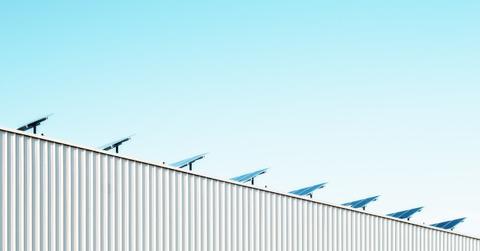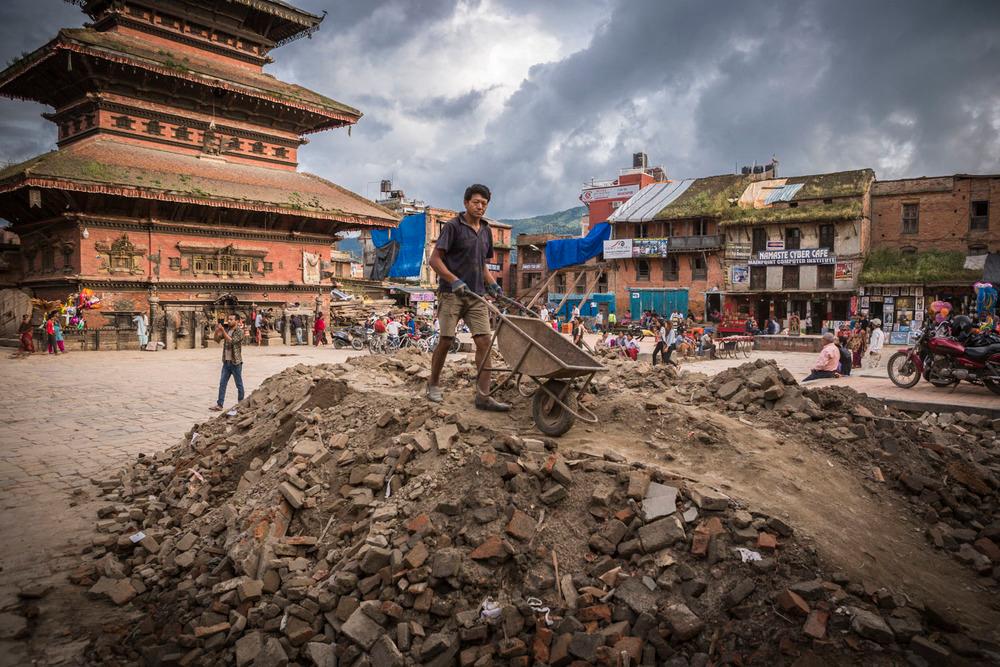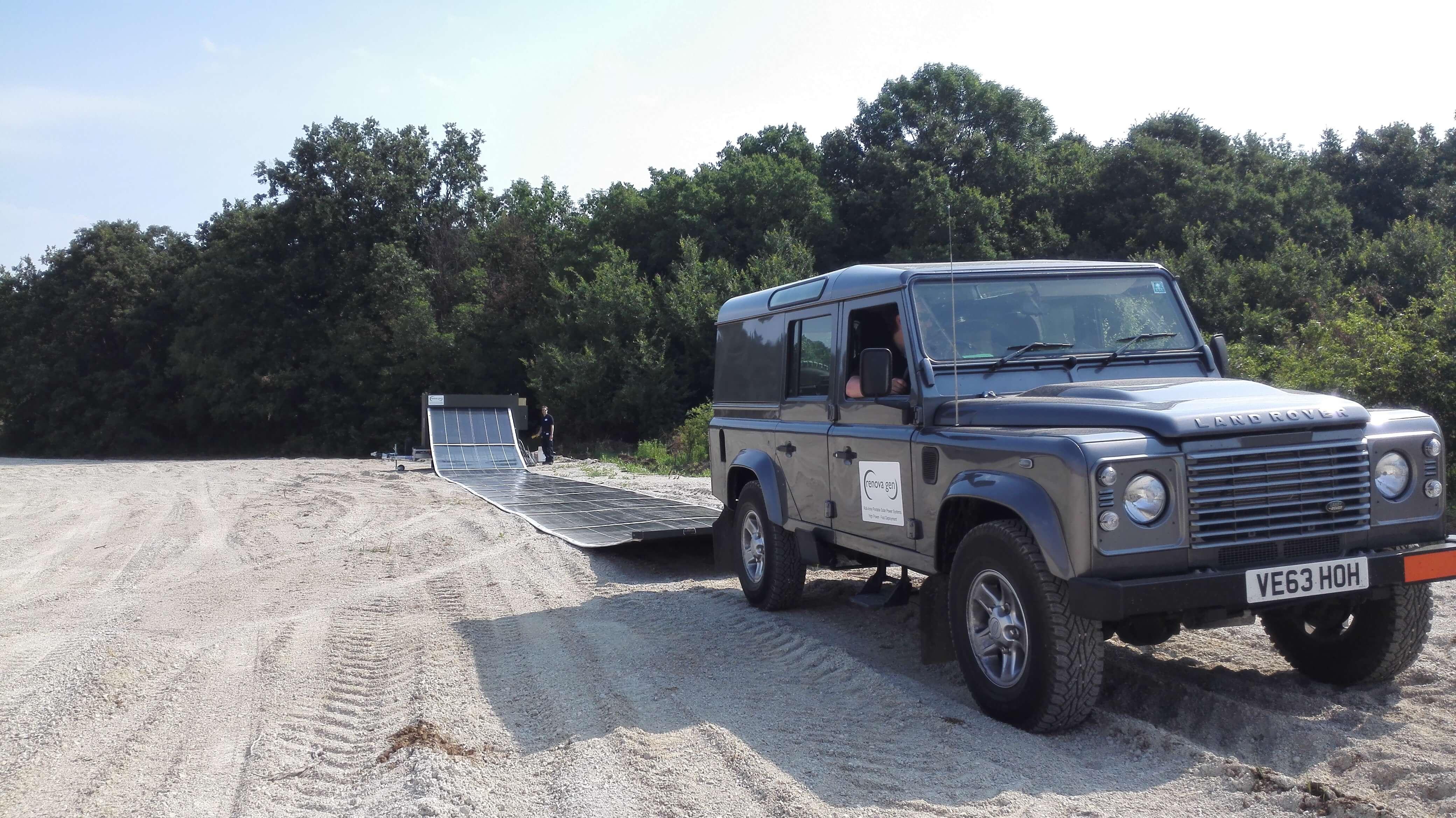How Solar Power Is Impacting Natural Disaster Relief
When natural disasters hit, quickly restoring power is immensely important—and is often very difficult. In some areas, solar power has presented itself as a solution to this persistent problem.
Updated May 16 2019, 11:41 a.m. ET
In the seven months since Hurricane Maria devastated the U.S. territory of Puerto Rico, efforts to restore the island to normalcy have been frustratingly slow. As many as 62,000 residents—or about five percent of the population—are still without power, a condition that is not only an annoyance to those living in the darkness, but also a potential danger. Lives depend upon having medical equipment running, food storage systems need to be in place to avoid spoilage, and rescue teams need lighting, to name a few key power needs. And while food and water can be shipped in, power must be repaired, which can taken days, weeks or—in the case of Puerto Rico—even months.
While the process of fixing Puerto Rico's grid is an unusually challenging one, most natural disasters knock out power for some period of time. And while rapid recovery of the grid is ideal, there's another fast and temporary solution to this problem: solar power. Like bottles of water and MREs, solar systems can be shipped into an affected area, set up on the spot, and provide large amounts power in mere hours. It can save lives with the added bonus of providing an environmentally friendly and safe alternative to gas generators and battery-powered lights.
“In the relief and recovery stages, you absolutely need power,” Bob Harris, emergency expert with GamePlan, told Modern Wellness Guide. “Having energy from solar is renewable and will not run out. You don’t have to depend on the grid.”
Which is precisely why in the wake of Hurricane Maria, automaker Tesla began offering its solar power products to help the devastated territory. The restoration efforts began with powering a children’s hospital in San Juan, which served approximately 3,000 children, and continued as Tesla founder Elon Musk donated hundreds of its Powerwall battery systems to larger portions of the islands. The batteries can be paired with solar arrays already in place on the islands in order to run microgrids until the main energy grid is repaired and fully operational.
This isn't the first time solar power has been deployed for disaster relief. In 2015, when the 7.8-magnitude earthquake leveled much of Nepal’s capital city of Kathmandu, the nonprofit SunFarmer, which provides solar power and batteries to remote hospitals and schools in developing countries, deployed their technology to fix street lights in the city. They also brought solar water purifiers and small solar-powered systems to villages in the hills, which were hit hardest by the earthquake. And back in 1988, when Hurricane Hugo hit Guadeloupe, Saint Croix, Puerto Rico, and the Southeast United States, solar power was deployed for the first time ever in disaster relief.
But this process isn't without its challenges. Though solar energy may make the most sense for providing fast and temporary power to devastated areas, it is still not considered by NGOs during the relief planning process, and is not stored and ready to go when emergencies happen. Instead, most NGOs still house and deploy traditional solutions like diesel generators, leaving it up to private companies like Tesla and SunFarmer to make the donations themselves.
"The cleantech sector needs to work more cohesively with large NGOs and local stakeholders before disasters happen," Green Tech Media reports. "In some cases, that would involve rethinking how the organizations use power during a crisis, what standard equipment and interconnections look like, and how clean energy could scale in a disaster."
Zach Lyman of cleantech consulting firm Reluminati adds: “This is a big ask of the NGOs, even in non-crisis situations."
There is also the challenge of transporting large solar systems to remote areas—like the mountains of Nepal—which U.K. tech company Renovagen is working to solve with its Rapid Roll system. Unlike traditional solar panels, Rapid Roll panels roll up like a carpet, allowing you to unfurl the solar panels like a carpet.
The Rapid Roll panels can fit into 4×4 trailers, which can carry enough solar panels to power a mobile clinic with 120 beds or to purify nearly 7000 gallons of seawater daily. “Compared with traditional rigid panels, we can fit up to 10 times the power in this size container,” John Hingley, managing director at Renovagen, told the BBC.
The Rapid Roll system was designed for fast deployment, according to the company’s website, which is exactly what's needed after a natural disaster. And as more companies work on such sun-powered solutions, fewer natural disasters will end like Puerto Rico—with half a year of darkness.


